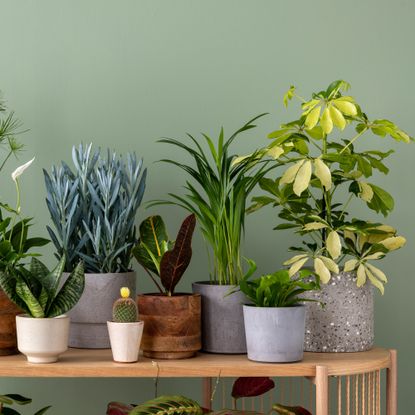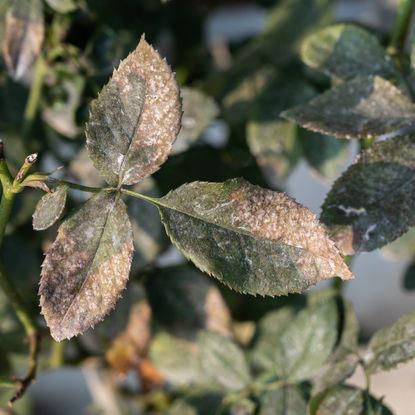Houseplants
Whether you've just gotten your first houseplant or are a seasoned plant parent, we've got all the tips you need.
Explore Houseplants
-
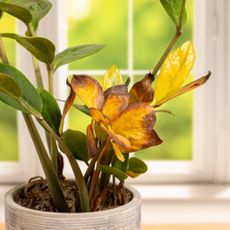
What Your ZZ Plant’s Leaves Are Trying to Tell You – and How to Fix Common Problems
Don't let disease or care mistakes kill your ZZ plant! Yellow leaves, brown leaves, and leaf spots are signs of underlying problems that can be fixed.
By Mary Ellen Ellis
-
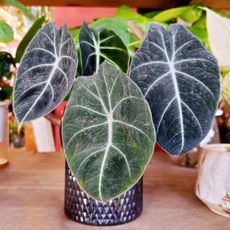
Do You Own One Of These Rare Houseplants? It Could Be Worth $100s
You might have picked it up at the grocery store, but that humble houseplant could be worth a small fortune to the right buyer...
By Kayleigh Dray
-
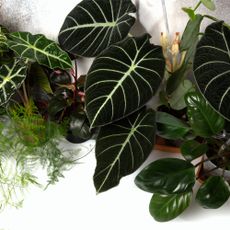
Dark and Moody Houseplants Are Trending for 2026 – Get the Look With These 8 Amazing Varieties
Black houseplants are about to be everywhere in 2026 – those deep, almost inky leaves add an instant hit of drama to any home. Try these striking varieties.
By Tyler Schuster
-
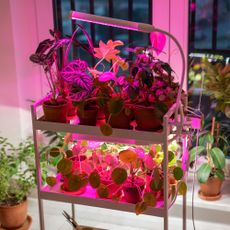
I Asked 5 Plant Pros for Their Go-To Grow Lights – They Reveal Which Ones Help Plants Survive the Darkest Days of Winter
Whether you're growing seedlings, vegetables, or trees, there's a grow light that's perfect for helping your plants through the dull days of winter.
By Ciéra Cree
-
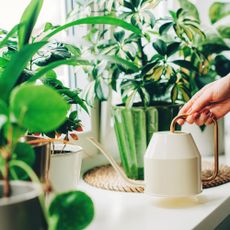
These Rare Houseplants Are on Every Collector’s Christmas Wishlist: Here’s Where To Find Them
Rare but attainable? Consider these the perfect gifts for anyone with green fingers...
By Kayleigh Dray
-
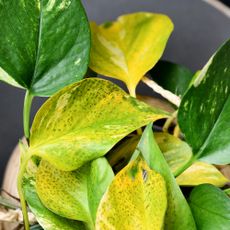
Are Your Pothos Leaves Turning Black? These Common Mistakes Could Be the Cause – Here's How to Fix It
Pothos leaves turning black is devasting. They are supposed to be easy-care plants, but sometimes catastrophe strikes. Learn how to save your beloved pothos.
By Teo Spengler
-

Ditch the Toxic Plants: 4 Pet-Safe Houseplants That Will Transform Your Home (And 1 to Avoid)
Don't let your houseplant collection endanger your pets. Try these 4 wonderful pet-friendly houseplants that brighten your home and keep furry friends healthy.
By Kathleen Walters
-
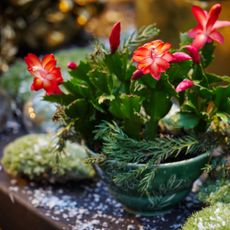
"I Filled My Home With These Plants and It Feels Like Spring" – Brighten Dark Days With 8 Winter-Flowering Plants
Outside drags on gray in December, but winter flowering plants inside turn things around with their bright colors and smells that push back the dreariness.
By Tyler Schuster
-

9 Perfect Houseplants to Brighten Your Entryway and Welcome Guests – Discover Their Special Meanings, Too!
Add these houseplants to your entryway to bring new life and vibrant beauty to an overlooked area of the house.
By Teo Spengler
-
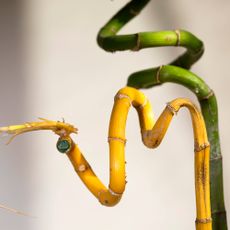
Why Is My Lucky Bamboo Turning Yellow? Causes and Quick Fixes for Yellowing Leaves and Stalks
Lucky bamboo turning yellow is a common headache that hits fast, but it's rarely fatal if caught early. Here's how to fix it.
By Tyler Schuster
-
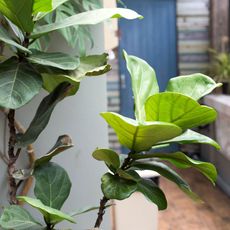
Fiddle Leaf Fig Drooping? Here’s How to Bring it Back From the Brink and Restore its Leafy Glory
Their violin-shaped leaves are a sight to see when they are healthy, but fiddle leaf fig leaves drooping doesn’t mean your plant is doomed. Try these 6 troubleshooting tips to rescue your floppy ficus
By Tyler Schuster
-
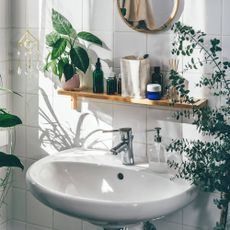
These 5 Steam-Loving Houseplants Make Your Bathroom Smell Incredible and Transform It Into a Soothing Spa
Heavenly-scented luxury awaits even the dankest bathroom when you add these plants. They thrive on humidity and will impart spa vibes instantly!
By Kathleen Walters
-

ZZ Plant Care: How to Grow This Popular Plant and Help It Thrive Indoors
Learn about ZZ plant care and transform your interior look with one of these easy-going houseplants
By Sarah Wilson
-

Winter Is the Most Important Time to Clean Houseplant Leaves – My Homemade Spray Makes Them Shine and Also Repels Pests
Leaf cleaning matters more in winter. Try my simple, homemade leaf shine spray for healthier, more attractive houseplants.
By Mary Ellen Ellis
-
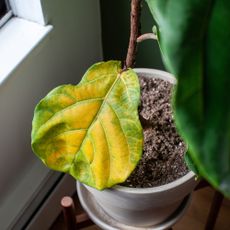
6 Reasons Why Your Houseplant Leaves Are Turning Yellow – And How to Fix Them
Houseplant leaves turning yellow can signal trouble, so pinpointing the cause is key. Here's how to root out the reasons why it happens and help plants recover.
By Tyler Schuster
-
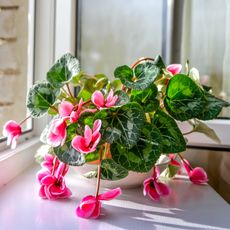
Why Your Cyclamen Is Suddenly Drooping – and the Simple Fixes That Bring It Back, Fast
If you’ve seen a cyclamen drooping, you’ll know its charms can fade fast. Follow these easy fixes to help your cyclamen flourish through the season in perky splendor
By Tyler Schuster
-
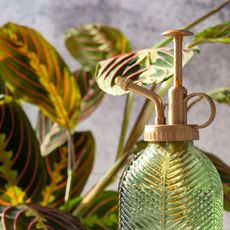
These 7 Popular Houseplants Won’t Survive Without Extra Humidity – Do You Have One? Here’s How to Help Them Thrive
Dry indoor air can be tough on certain tropical plants. Here are 7 high-humidity houseplants you need to protect – and how to help your indoor jungle flourish
By Mary Ellen Ellis
